BoE kept monetary policy unchanged as widely expected. Bank rate is held at 0.10% on unanimous vote. Asset purchase target was kept at GBP 895B in total. Chief economist Andy Haldane surprisingly dissented, “preferring to continue with the existing programme of UK government bond purchases but to reduce the target for the stock of these purchases from £875 billion to £825 billion.”
The MPC will “continue to monitor the situation closely” and taken whatever action is necessary”. Also, “the Committee does not intend to tighten monetary policy at least until there is clear evidence that significant progress is being made in eliminating spare capacity and achieving the 2% inflation target sustainably.”
The central bank said economic activity is expected to “rise sharply” in Q2 and GDP would recovery to pre-Covid level “over the remainder of this year”, in absence of most restrictions.
In the economic projections conditioned on constant interest rate at 0.10%, 2021 GDP growth growth is upgrade to 7.25% (from 5.0%). But 2022 projection was lowed to 5.75% (down from 7.25%). Growth is expected to slow back to 1.25% in 2023.
CPI inflation forecast was raised to 2.50% in 2021 (from 2%), lowered to 2% in 2022 (from 2.25%), and kept unchanged at 2.0% (2023).
Full statement here.
Full monetary policy report here.




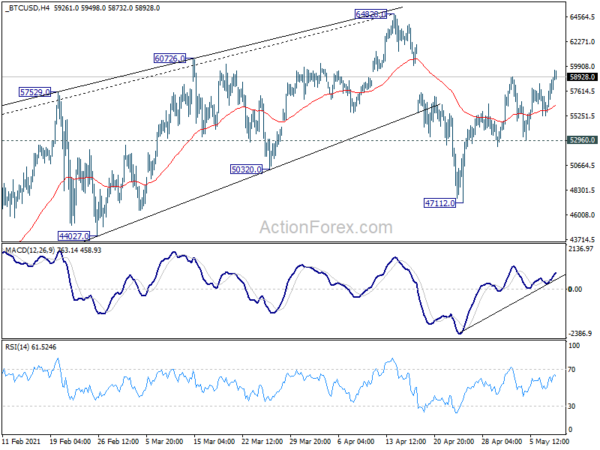
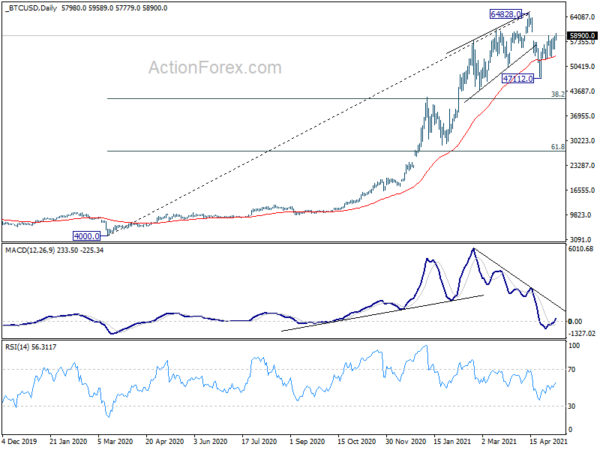
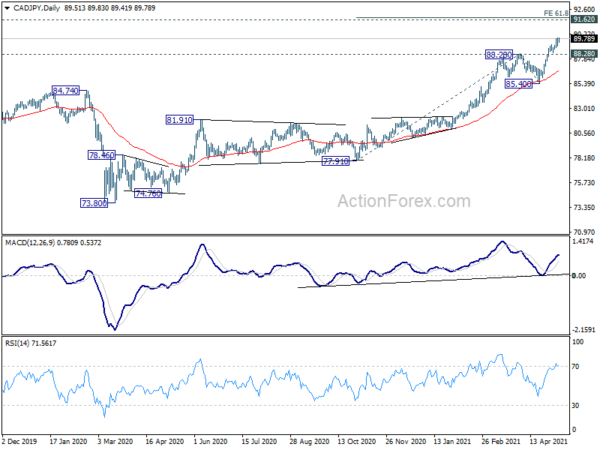
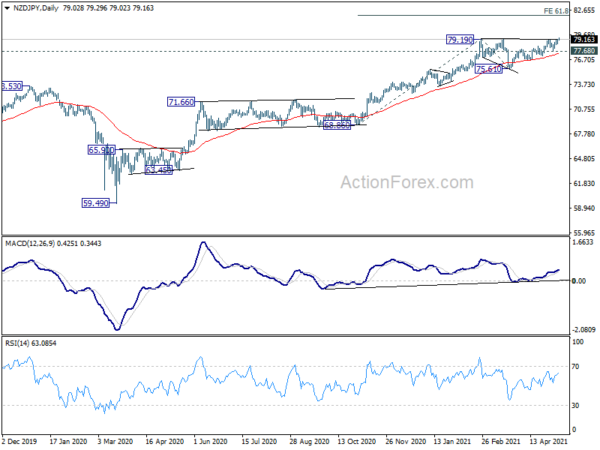
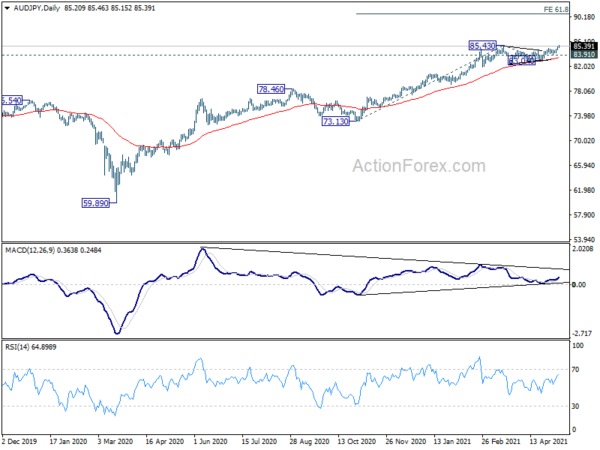
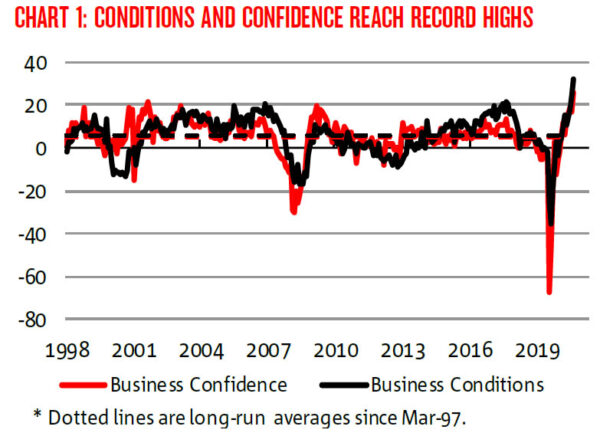
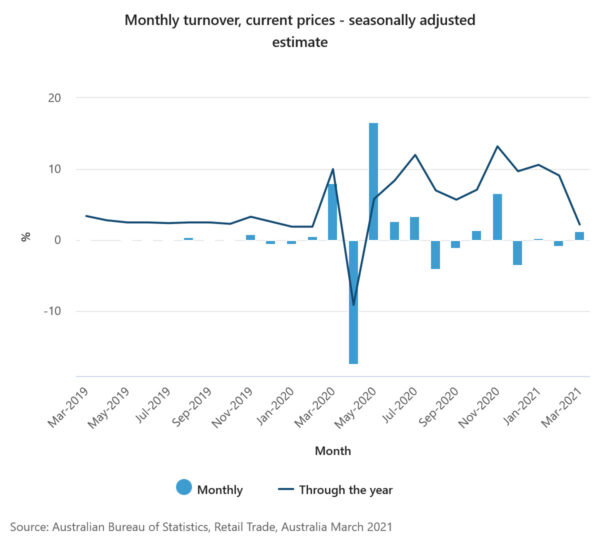
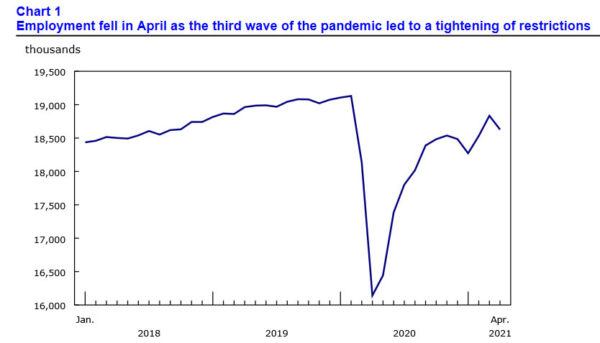
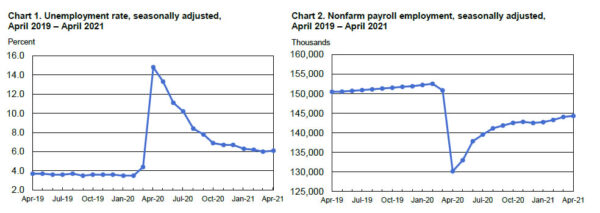
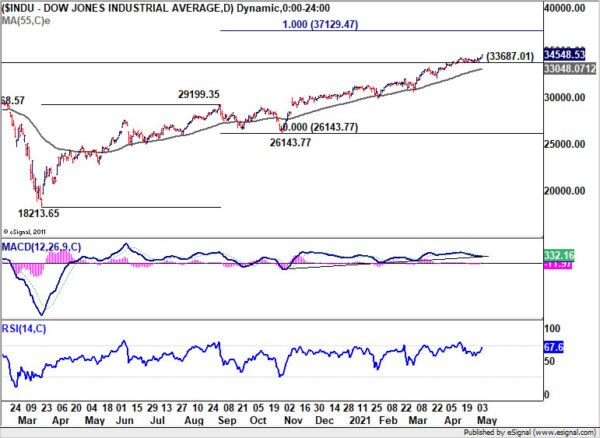
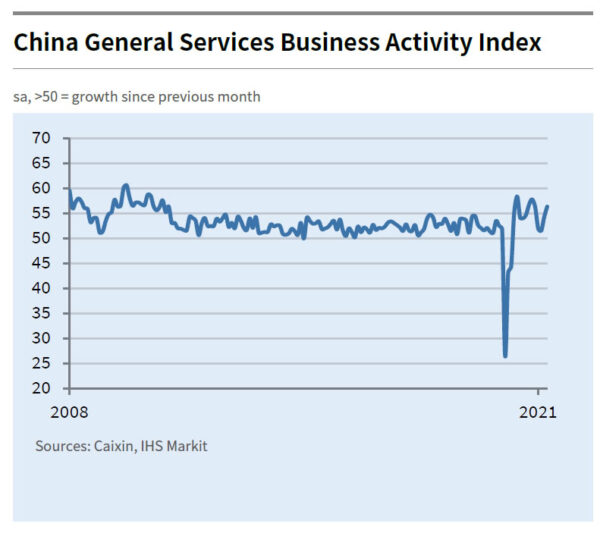
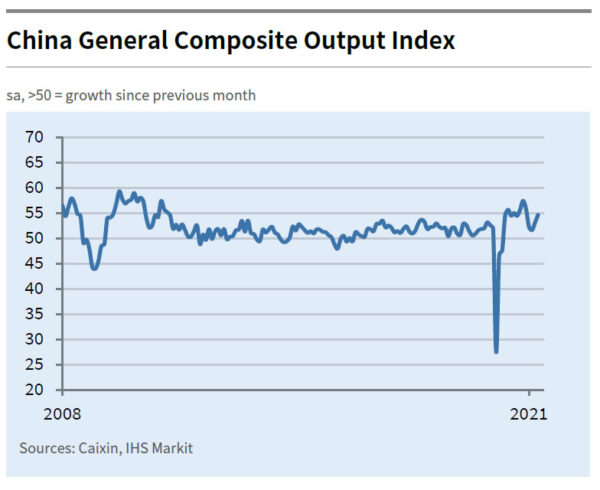
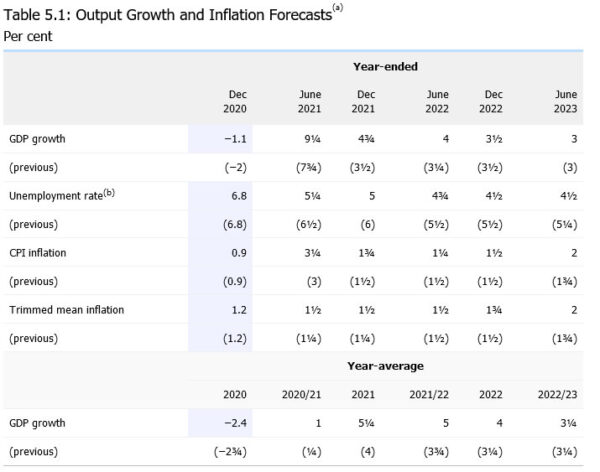
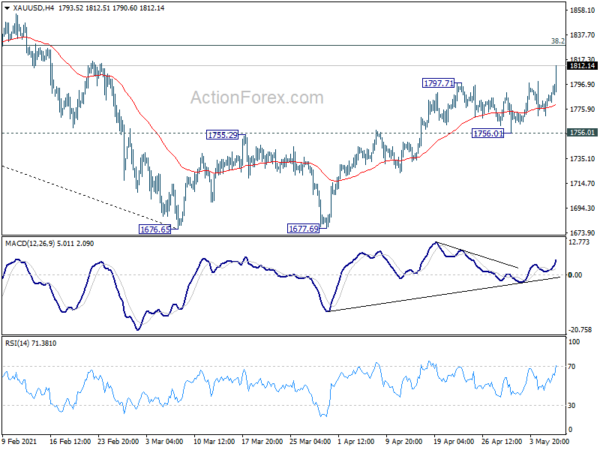
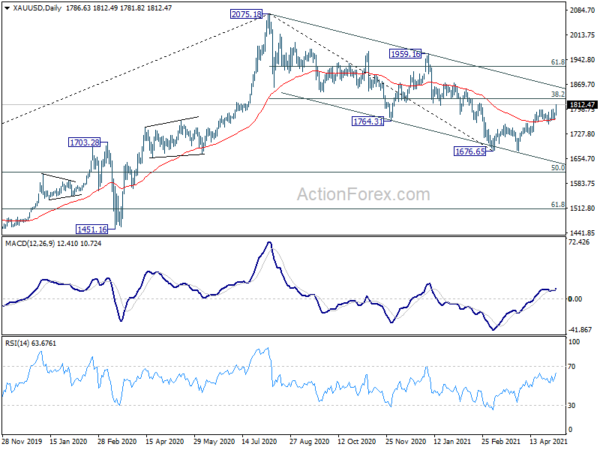

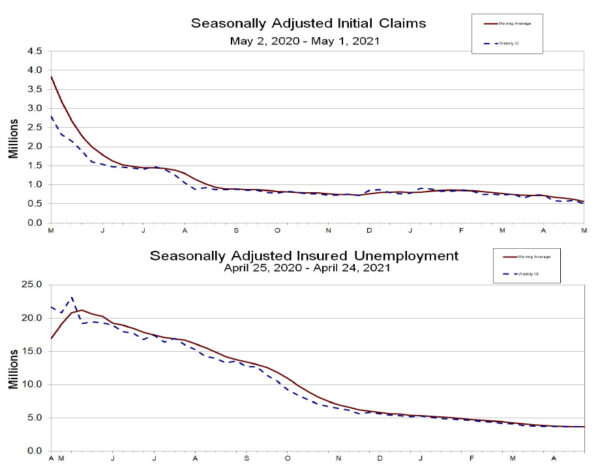
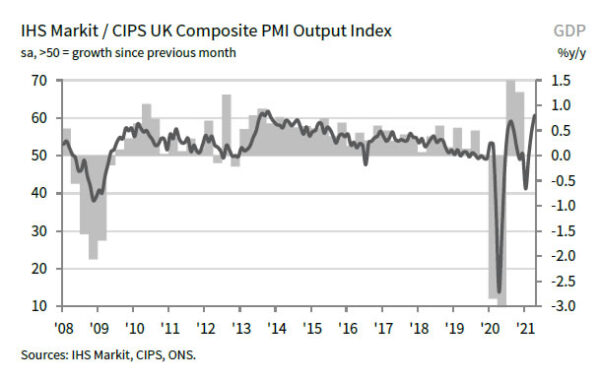
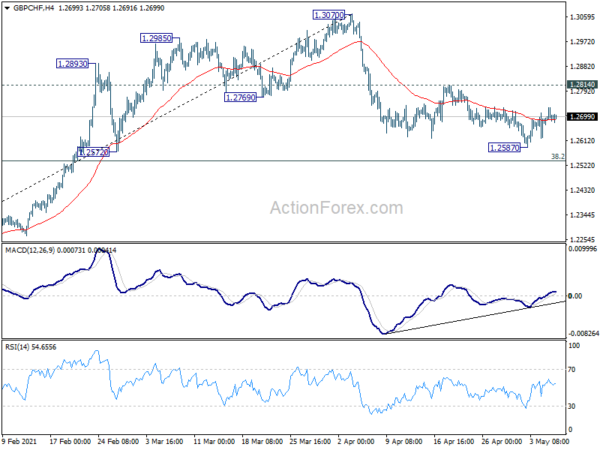
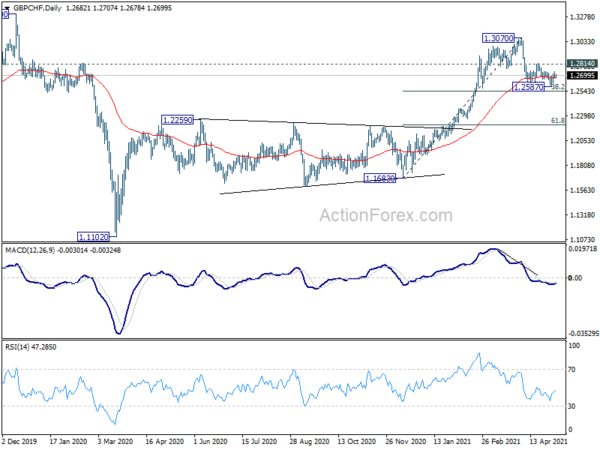

Eurozone Sentix investor confidence rose to 21.0, but there are increasing signs of being overstimulated
Eurozone Sentix Investor Confidence rose sharply to 21.0 in May, up from 13.1, well above expectation of 14.0. That’s also the highest level since March 2018. Current situation index turned positive from -6.5 to 6.3, highest since May 2019. Expectations index rose from 34.8 to 36.8, hitting another record high.
Sentix said: ‘This is very unusual and underlines that the very expansive monetary and fiscal policy that has been in place for a year has not failed to have an effect on the real economy.” Though it also warned, “there are increasing signs that the economy is being overstimulated. This is evident in individual sectors that report shortages of materials. However, the strong global economy is having an even stronger impact on commodity prices and thus on inflation.”
Germany overall index rose from 20.0 to 26.1, highest since March 2018. Current situation index rose form 4.5 to 15.3, highest since May 2019. Expectations rose from 36.8 to 37.5, record high.
Full release here.